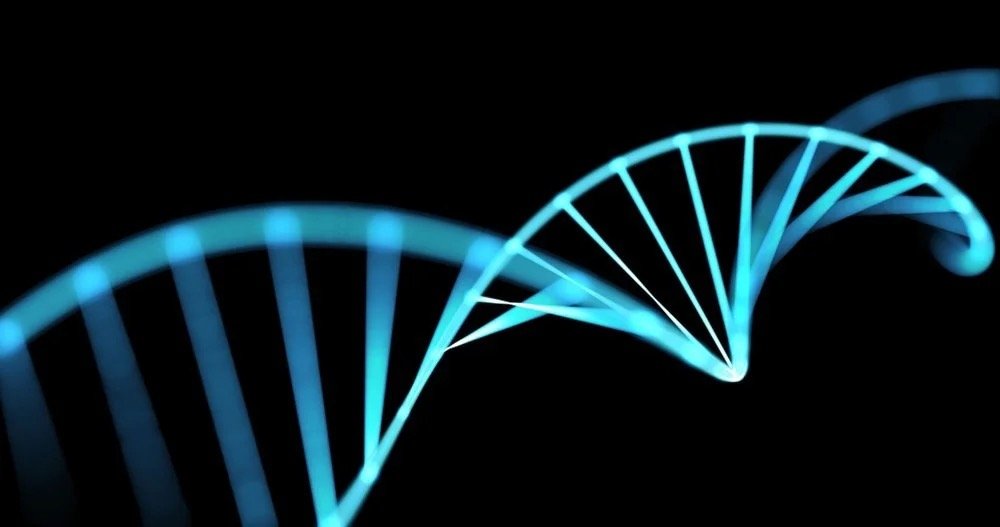Bacteria Encode Hidden Genes Outside Their Genome--Do We?
A recent study by Columbia researchers has uncovered a surprising discovery about bacteria that challenges our understanding of genetics and opens up new possibilities for genetic therapies.
Historically, scientists have viewed genes as linear sequences on chromosomes, like sentences in a book. This view applied to all life forms, from bacteria to humans. However, the Columbia study reveals that bacteria have "free-floating" genes that don't follow this linear model. Instead, these genes can exist outside of the chromosomes and are temporarily created by a unique process involving a reverse transcriptase enzyme and RNA.
The researchers found that these free-floating genes, created in response to viral infections, play a crucial role in bacterial defense. This new type of gene, dubbed "Neo," is essential for protecting bacteria from viruses.
This discovery raises the intriguing possibility that similar free-floating genes might exist in human cells, potentially influencing our genetics in ways we haven’t yet discovered. The researchers are now exploring whether such extrachromosomal genes could exist in humans and how they might impact our health and development.
Additionally, the study highlights a new avenue for genetic therapies. By understanding and harnessing these bacterial reverse transcriptases, scientists could develop more advanced tools for gene editing, potentially improving existing technologies like CRISPR. This could lead to new and more effective treatments for genetic disorders.
Columbia University Irving Medical Center. "Bacteria encode hidden genes outside their genome--do we?." ScienceDaily. ScienceDaily, 9 August 2024. <www.sciencedaily.com/releases/2024/08/240809135927.htm>.
For more information, please contact:
About CASE Consultants International:
CASE Consultants International specializes in providing expert guidance in climate adaptation, resilience planning, and environmental justice. CASE is dedicated to helping organizations and communities navigate the complexities of climate change to build a sustainable, resilient future.

